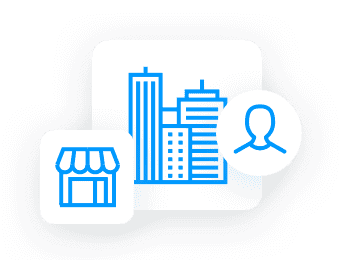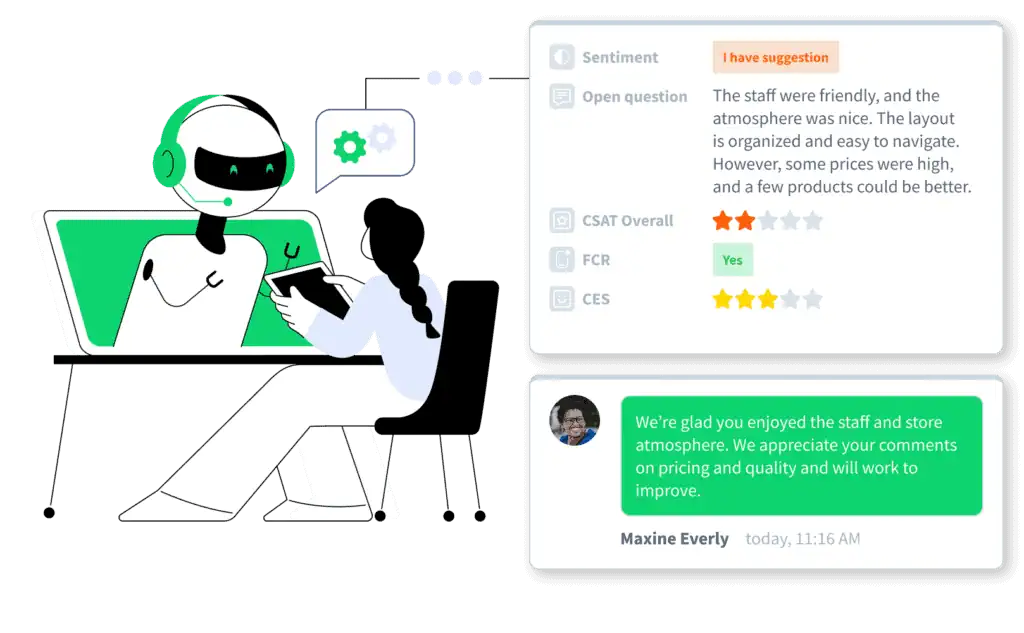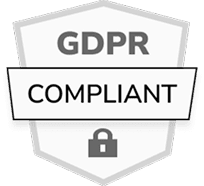Imagine a world where your business preempts customer needs: a support agent emails a refund proactively, a push notification repeats a product they almost bought, or a chatbot checks in just when they’re considering leaving. That’s the power of predictive analytics in customer experience—making every interaction feel timely, personal, and intelligent, before the customer even asks.

In this article, we’ll explore how predictive CX is transforming modern customer journeys, and how businesses are using customer experience analytics to forecast behaviour, automate engagement, and personalise service across channels.

Retain Customers and Increase Profits!
Make sure your customer relationships don't slip away with Staffino's Retention Case Monitoring. This easy-to-use tool gives you the power to maximise customer retention and boost loyalty.
Why Predictive CX Matters
At its heart, predictive customer experience uses data patterns to forecast behaviour. According to recent research, data-driven companies are over three times more likely to outperform competitors due to superior customer insight and action.
Digital customer experience analytics with its predictive capabilities allows businesses to anticipate customer pain points, reduce churn, and tailor marketing, all proactively.
Predictive Analytics in Action
When it comes to turning data into results, predictive analytics customer experience tools are at the heart of the transformation. Instead of relying on lagging indicators like complaints or churn reports, businesses are now leaning into customer experience analytics to forecast intent, satisfaction, and even emotions, before they surface. This shift toward predictive CX means brands can adapt in real-time, shaping journeys as they happen.

Here are a few practical applications where predictive analytics makes CX smarter, faster, and more human:
- Hyper-personalisation: Using predictive models to tailor emails, offers, and support instantly, driving up to 40% more revenue.
- Preventive outreach: Detecting customer frustration or cart abandonment in real time and intervening proactively.
- Voice and chatbots: AI feedback response bots that gain emotional insight and escalate conversations when sentiment dips.

- Journey orchestration: Using end-to-end customer experience marketing analytics to sync messaging across channels, making the whole journey feel connected and purposeful.
Why Use Predictive Analytics Customer Experience Tools?
In short—because reactive service is no longer enough. The winners in today’s competitive landscape are those who use analytics to improve customer experience proactively—not just diagnose problems after the fact.
Whether you’re managing a digital-first brand or a hybrid retail customer experience, integrating customer experience management analytics gives your team the edge it needs to anticipate demand and delight customers at every stage fo their customer journey.
Here’s what predictive CX delivers on the business front:
- Higher retention: Proactive support and predictive marketing reduce churn dramatically.
- Efficient resource allocation: Anticipate higher-demand periods, optimise staffing, and prevent bottlenecks.
- Increased loyalty and revenue: Customers feel understood and valued when you act before they ask.
5 Predictive Analytics Tools Driving Customer Experience Innovation
Predictive analytics is only as powerful as the tools behind it. To truly harness its potential in CX, you need solutions that don’t just gather data—you need platforms that analyse, interpret, and act on that data in real time.
Here are five top predictive analytics tools transforming how businesses manage, measure, and improve customer experience.
1. Staffino – AI Churn Prediction & CX Intelligence

Staffino’s CX platform is a game-changer for customer-centric companies that want to stay one step ahead of customer expectations. Rather than waiting for a customer to complain—or worse, disappear—Staffino continuously monitors feedback and communication patterns to flag disengagement or negative sentiment early.

Get a First-Hand Experience Today!
Staffino is the perfect tool for creating engaging surveys, tracking performance, responding to customer feedback, and rewarding top employees. Get started today with our FREE demo!
What makes it powerful:
- Real-time interaction monitoring: Tracks feedback channels and identifies customer churn signals as they occur.
- Dynamic churn detection: Uses customer sentiment analysis and behavioral cues to spot at-risk customers.
- Instant alerts: Notifies the right team at the right time to take action—no manual chasing needed.
- Proactive re-engagement and upsell: Offers tailored upsell opportunity monitoring and re-engagement tactics via AI.
- Customer satisfaction focus: By solving problems before they explode, Staffino helps businesses maintain trust and loyalty—even in high-friction moments.
In short, it’s not just a predictive tool—it’s a proactive retention engine built for CX teams who don’t have time to guess.
Thanks to the simplicity of Staffino and the ability to internally discuss each case directly within the online platform, we’ve been able to retain 70% of customers who were likely to leave.
Vladislav Kupka
Board Member, Orange Slovakia
2. Salesforce Einstein Analytics
Salesforce’s AI suite brings powerful predictive capabilities to the CRM world. Einstein Analytics helps sales and service teams forecast behaviour, identify upsell opportunities, and flag support issues before they escalate. Its tight integration with marketing, service, and commerce modules makes it a strong all-in-one option for companies already in the Salesforce ecosystem.
3. Qualtrics Predict iQ
Part of Qualtrics’ customer experience management platform, Predict iQ uses machine learning to flag customers likely to churn or disengage based on behavioural and feedback data. It also links directly into automation workflows, so teams can trigger actions like follow-up surveys or escalation flows without manual involvement.
4. Oracle Fusion CX Analytics
Fusion CX Analytics provides predictive intelligence across marketing, sales, and service—delivering customer insights, sentiment trends, and sales forecasts in real time. It’s especially strong in enterprise environments where data is scattered across departments. Fusion’s strength lies in fusing multiple data types—transactional, behavioural, and demographic—into one decision-making view.
5. SAS Customer Intelligence 360
SAS is known for its data science depth, and Customer Intelligence 360 brings that firepower to CX. Its predictive models are highly customisable and include capabilities like real-time personalisation, propensity modelling, and next-best-action recommendations. Great for data-heavy industries like banking or telecoms where deep analytics is non-negotiable.
These tools represent the cutting edge of predictive customer experience—each with different strengths depending on your size, stack, and strategic focus. But what they all share is the ability to transform raw data into meaningful, timely action.
In today’s world, that’s the difference between being a step behind your customer… and being exactly where they need you to be.
Where Predictive Analytics Meets Core CX Principles
What Are the 5 C’s of Customer Experience?
The 5 C’s of customer experience represent five critical dimensions that shape how a customer perceives and interacts with a brand:

- Care: Showing genuine concern for the customer’s needs.
- Consistency: Delivering reliable service across all channels and touchpoints.
- Control: Giving customers autonomy over their decisions and experiences.
- Connection: Creating emotional bonds between customer and brand.
- Convenience: Making every interaction fast, easy, and seamless.
These principles lay the groundwork for effective CX strategies—predictive analytics then enhances each one by personalising and automating them at scale.

What Are the 4 P’s of Customer Experience?
The 4 P’s of customer experience are:
- Product: The quality and usability of what you offer.
- People: The human touchpoints that influence how your brand is perceived.
- Process: The systems and workflows that enable smooth experiences.
- Physical evidence: Tangible cues (packaging, website design, store layout) that support the brand promise.
Predictive analytics strengthens each of these by identifying friction points in real time, streamlining operations, and guiding decisions based on real customer data.
What Are the 4 Components of Customer Experience?
Customer experience is typically built around these four core components:
- Customer interaction: Direct touchpoints like chat, calls, or in-store visits.
- Customer perception: How customers interpret these interactions.
- Customer expectations: What customers believe should happen.
- Customer outcomes: The result of the experience (satisfaction, loyalty, churn).
Customer experience analytics bridges the gap between expectation and outcome, using historical and real-time data to predict future perceptions and proactively adjust experiences.
What Are the 5 Stages of Customer Experience?
The 5 stages of customer experience trace the full customer journey:
- Awareness: When a potential customer first discovers your brand.
- Consideration: When they weigh your product or service against others.
- Purchase: When they commit to a transaction.
- Retention: When you keep them coming back.
- Advocacy: When they become loyal promoters of your brand.

Predictive customer experience analytics help businesses guide customers through these stages smoothly, optimising each phase based on behavior patterns and intent signals.
Wrapping It Up
Predictive analytics in customer experience isn’t a futuristic luxury—it’s already here, changing the rules. By combining customer experience analysis with behaviour forecasting, brands can:
- Forecast satisfaction and sales before they dip.
- Orchestrate customer journeys that feel seamless across channels.
- Turn feedback into personalised actions in real time.
- Strengthen emotional bonds through empathetic AI.
If you’re looking to elevate your CX strategy, prioritise platforms that combine analytics to improve customer experience, predictive analytics customer experience, and customer experience business intelligence into one cohesive, insight-driven operation. That’s how you move from reactive problem-solving to proactive delight.

Transform Your Customers' Experiences
Create a bulletproof customer journey with tailored CX products and services that will foster loyalty and reduce churn.









